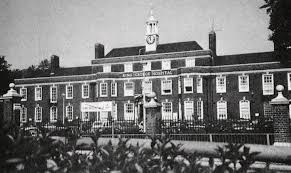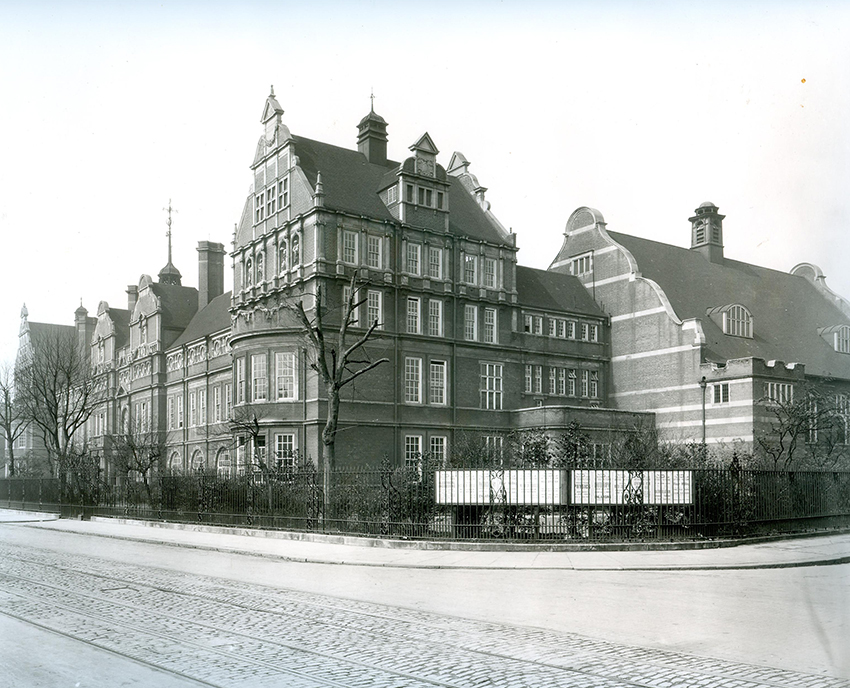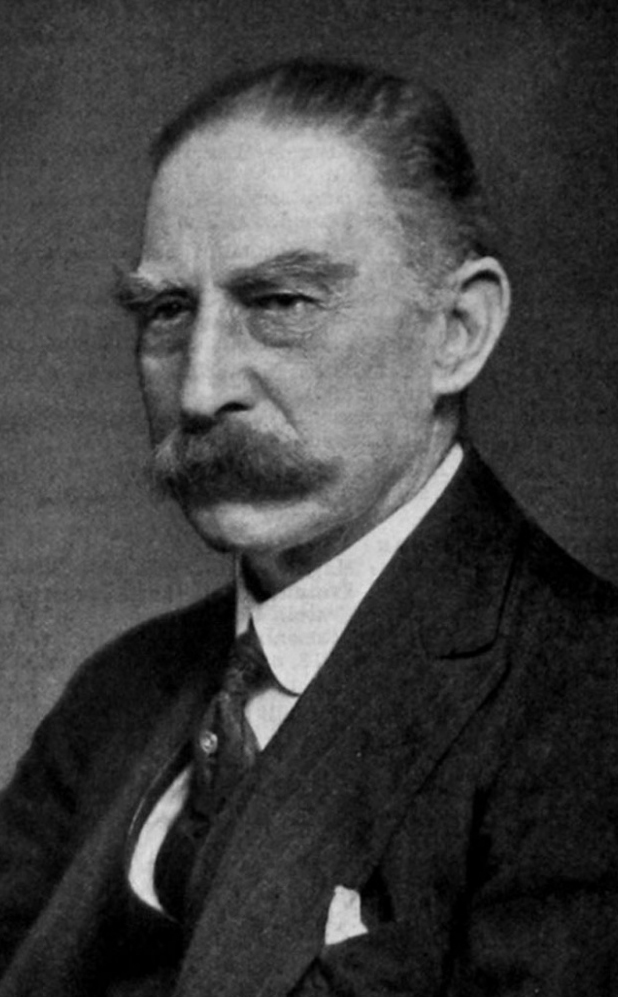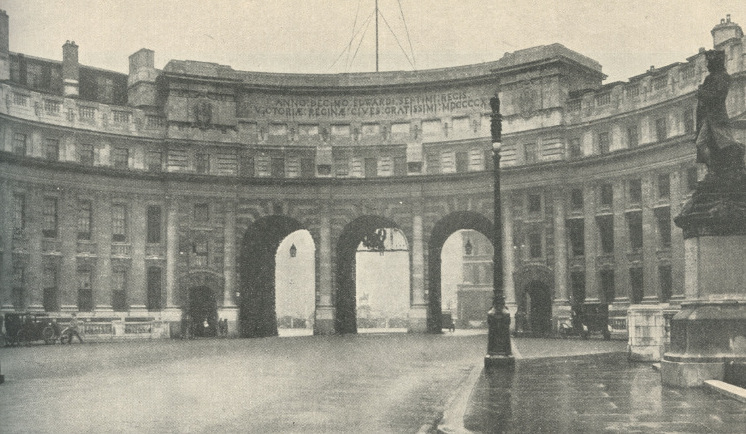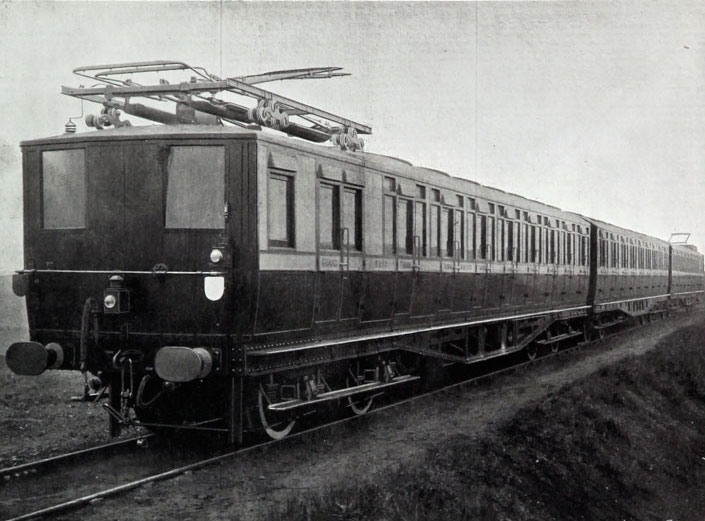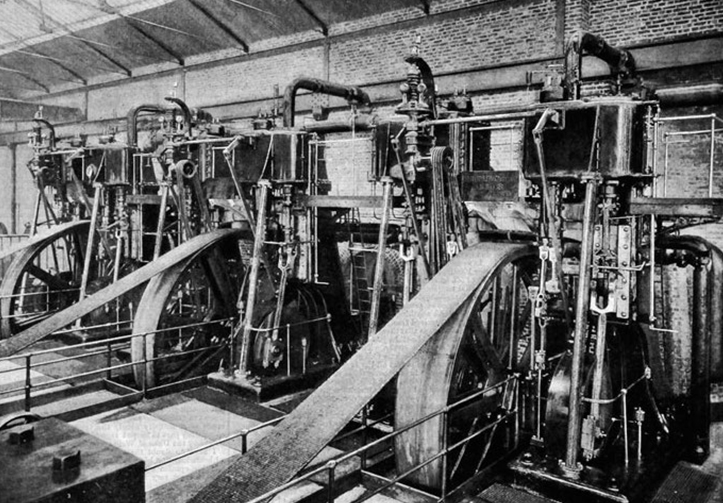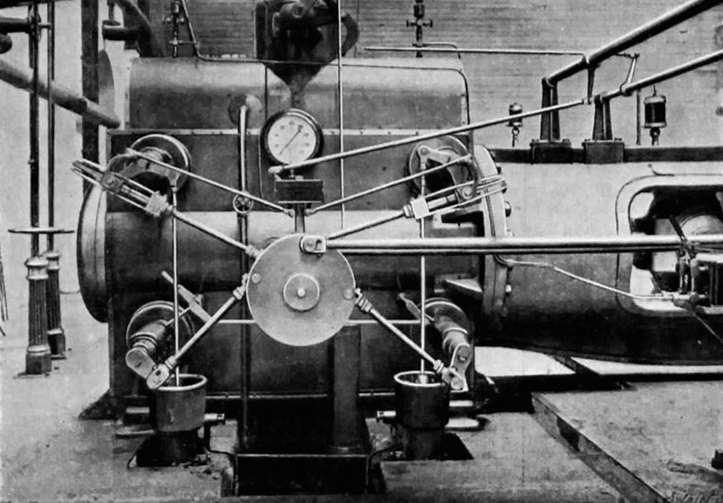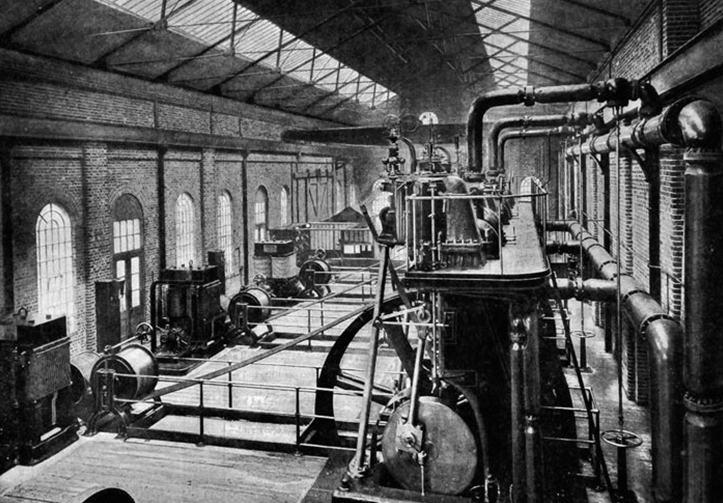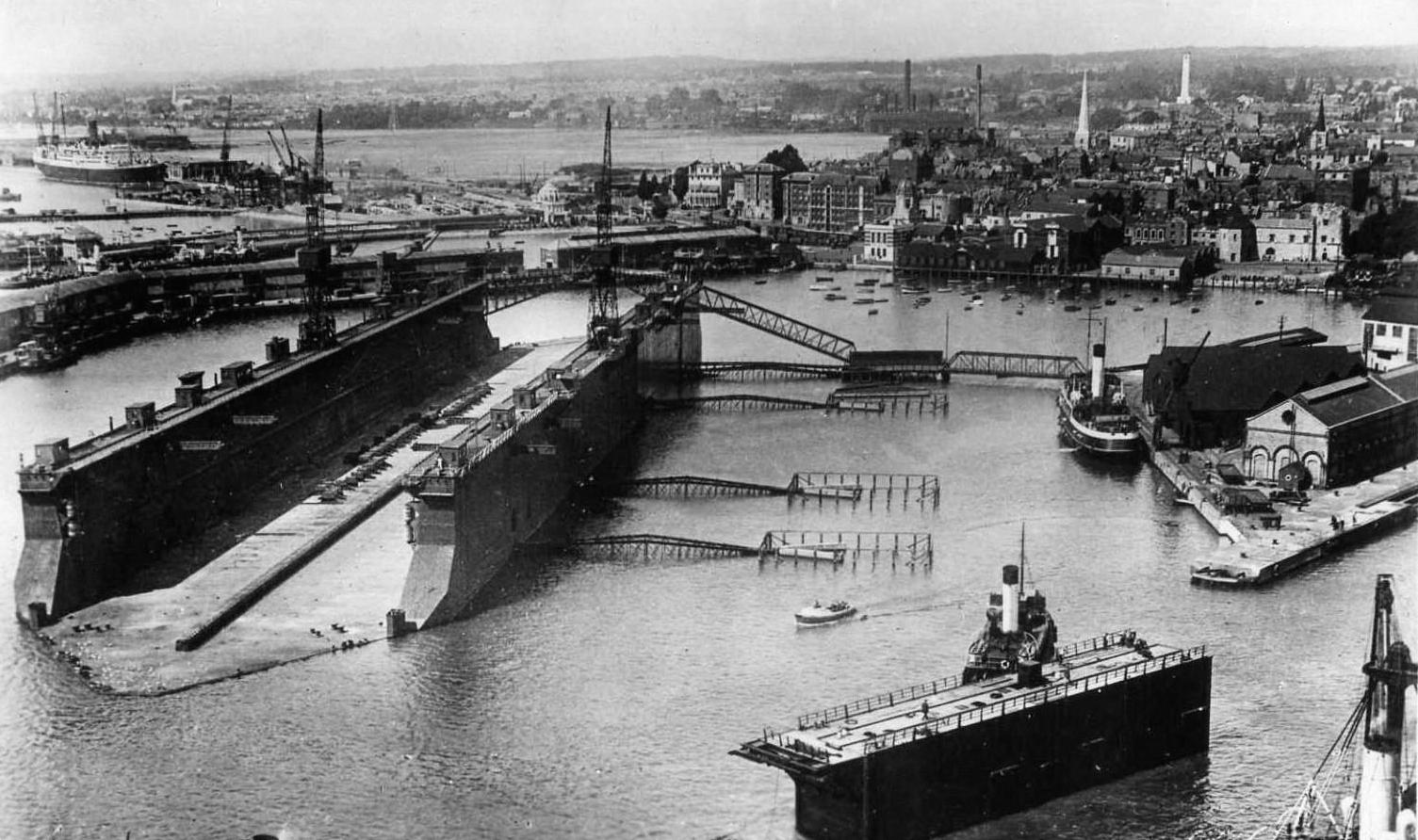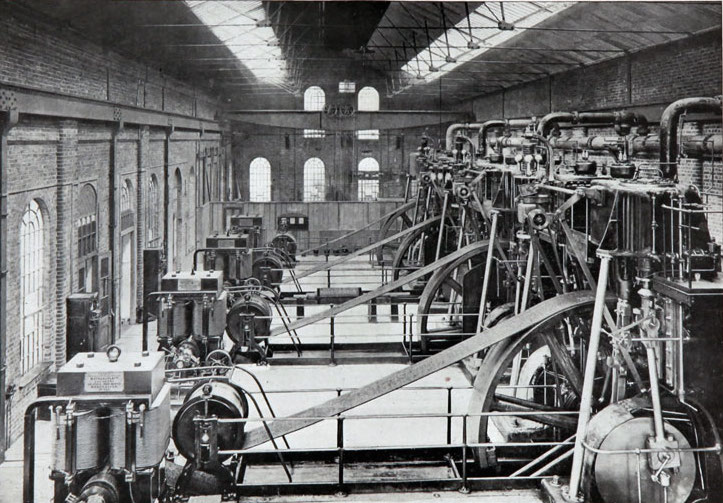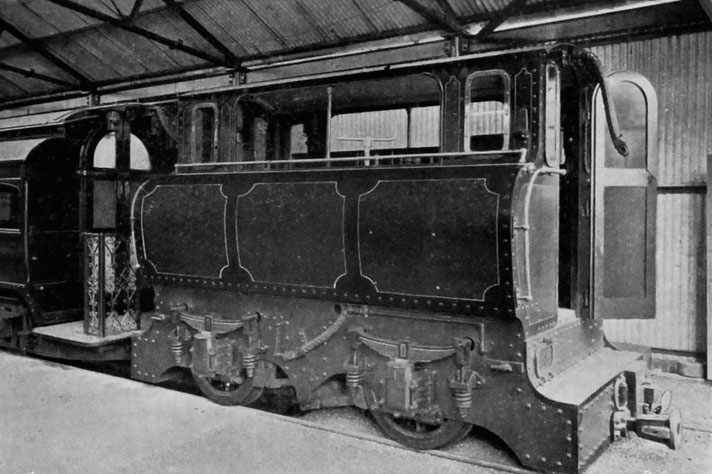Dr. Ernest Hinkly Salmon
1879 - 1947
Ernest Hinkly Salmon was born in 1879 at Brixton and was the son of William Salmon, Railway Carman, and his wife Charlotte.
Civil Engineers and Naval Architects who are interested in the design, construction and operation of floating docks, will learn with deep regret of the death, on October 21st., in King George’s Hospital, Ilford, of Dr. Ernest H. Salmon, the sole partner in the firm of Clark & Standfield, floating dock engineers, of 11, Victoria Street, Westminster, London S.W.1.
Dr. Ernest Hinkly Salmon, who was 67 years of age, received his general education at the East London College of the London University, in which he studied from 1892 until 1895. From the latter year until 1905 he attended evening classes at the college and gained in 1905 his B.Sc. Degree in Engineering with First Class Honours. In later years he was awarded his D.Sc. Degree.
From 1898 until 1903 he was with Mr. B. Morley Fletcher, A.M.I.C.E, and obtained practical engineering experience in the drawing office, and in connection with constructional steelwork, mechanical engineering work and testing.
In 1903 he joined the firm of Clark & Standfield, floating dock engineers of Westminster, as a designer and calculator, and from that date was responsible for the design and calculations concerning stability, strength and pumping equipment for the many floating docks for all parts of the world which were entrusted to the firm. One of the outstanding docks in the 1905-1907 period was that constructed for Hamburg, which had a lifting capacity of 35,000 tons.
In 1919, on January 1st, Dr. Salmon was admitted into partnership of Messrs. Clark & Standfield, his co-partners at that date being Mr. Lyonel Clark, M.I.C.E., M.I.N.A. and Mr. Sydney Francis Staples, M.I.C.E., M.I.N.A. Mr. Clark died on July 17th 1929, and when Mr. Staples died on August 11th 1932, Dr. Salmon was left the sole partner in the firm.
He was the author of two standard works on structural engineering. His Materials and Structures was published in two volumes, the first on the Elastic Strength of Materials, the second on the Theory and Design of Structures. The other book was on columns.
Among his papers we may recall that given to the Institution of Mechanical Engineers in 1921 on the “Machinery of Floating Docks”, and that presented to the Institution of Civil Engineers on January the 27th in collaboration with Mr. Wentworth-Shields on “The Southampton Floating Dock”, which has a lifting capacity of 60,000 tons. In 1927 Dr. Salmon wrote for the Institution of Civil Engineers a paper on “Characteristic points”, which was later published as Selected Engineering Paper No. 46 by the Institution. It is a further application of Professor G. Claxton Fidler’s theory of characteristic points, and deals with the building of continuous beams, which he later extended to portals and other structures. Dr. Salmon joined the Instit. C.E. early in his career and was a valued member of the Institution.
His main work was, of course, connected with the design of floating docks and from the time he joined his firm until his death designs for no less than 100 floating docks were completed for shipbuilders in this country and abroad, and for dock authorities all over the world. For many years he was Lecturer on Advanced Structural Engineering at Battersea Polytechnic.
At the outbreak in 1939, Dr. Salmon was asked by the Naval Construction Department of the Admiralty, under Sir Stanley Goodall, K.C.B., Chief Naval Constructor, to assist the department, and he did a good deal of work for the Admiralty on the design of floating docks. In his paper on “Admiralty Floating Docks: Construction during the 1939-1945 War”, read before the North Coast Institution of Engineers and Shipbuilders, in December 1946, Mr. F. Hickey, R.C.N.C., paid a warm tribute to the work done by Dr. salmon in connection with the design of steel and reinforced-concrete docks for Admiralty service.
Perhaps the greatest authority on structural problems connected with the design of floating docks, Dr. Salmon will be long remembered for his quiet, friendly and helpful manner, which endeared him to all those who were privileged to know him well.
Extract from “THE ENGINEER”, l4th November 1947.


